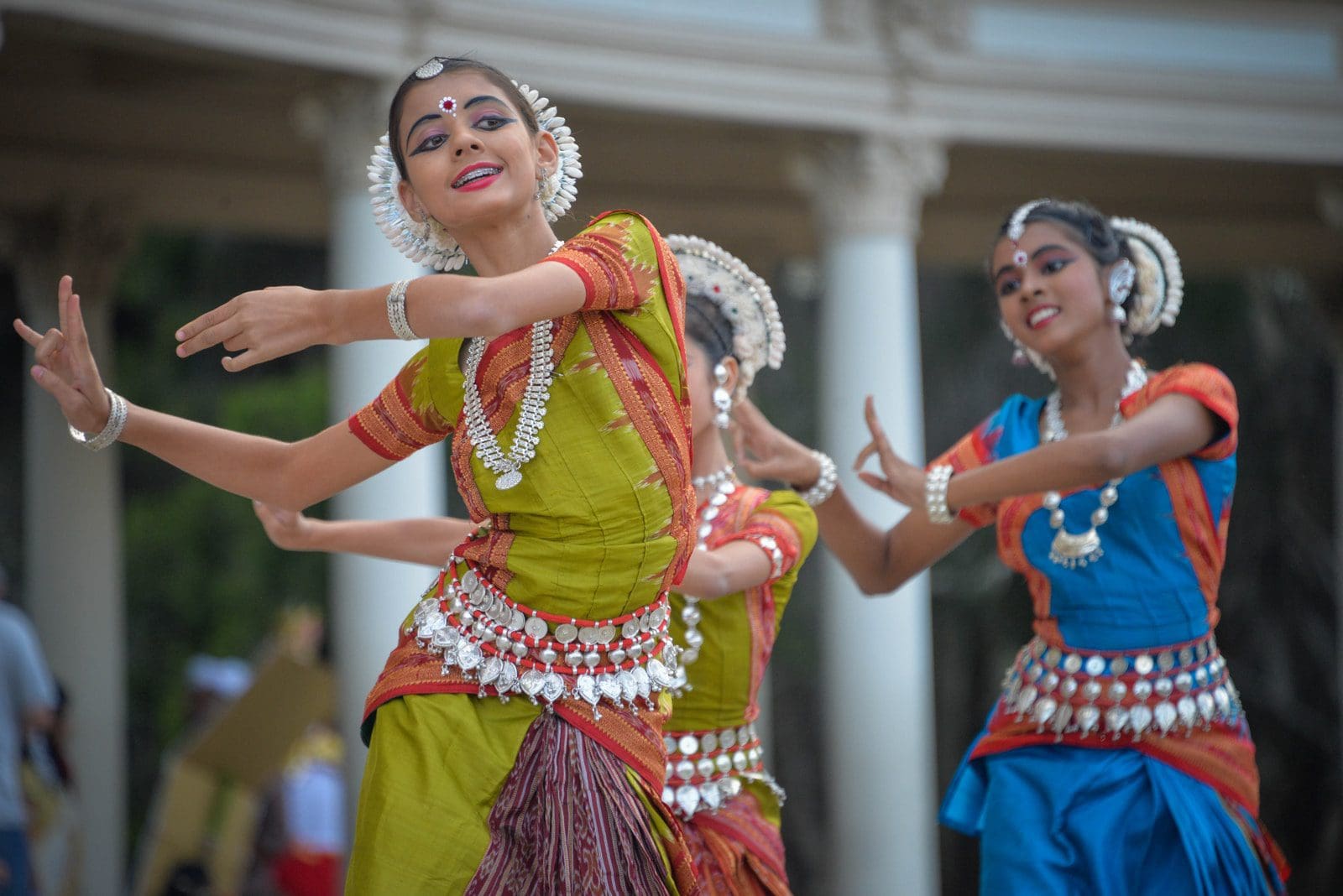Every country has a different culture, a different way of living life, different religions, different beliefs, different clothing styles, and different moral values.
On these grounds, we can easily differentiate between American and Indian cultures. The two have many substantial differences, and one cannot overlook them.
While India has been independent since 1947, America achieved independence in 1776. Thus, there are major differences in the culture of these two countries based on this fact.
Also, America is a developed country, and India is still rapidly developing, we can say that owing to this fact too, there are differences between the cultural values of the 2 nations.
Key Takeaways
- American culture emphasizes individualism, freedom, and equality, while Indian culture emphasizes family, community, and hierarchy.
- Americans value direct communication and prefer to get to the point, while Indians value indirect communication and use metaphors and analogies.
- Americans are more time-conscious and value punctuality, while Indians are more flexible with time and value relationships over schedules.
American vs Indian Culture
American culture is more individualistic, emphasizing personal freedom, independence, and self-expression. Indian culture is more collectivistic, emphasizing family, community, and social harmony. Americans are direct and assertive in their communication style, while Indians are not.

While it is common for people, especially ladies, to have intercourse before marriage, in Indian society, it is considered ‘impure’.
Comparison Table
| Parameter of Comparison | American Culture | Indian Culture |
|---|---|---|
| The average age of Marriage | The average age of marriage in females is 24, and males are 26. | The average age for females is 16, and for males is 21. |
| Food | The food here is mainly meat-based and doesn’t contain a lot of exotic spices. | Indian food is full of spices and various kinds of vegetables and plants. |
| Family | American society is more goal, ambitious, and individual-oriented. | Indian society is more family-oriented, and respect is a major concept here. |
| Festivals | America celebrates many festivals, but Christmas and Thanksgiving are the main ones. | India celebrates countless festivals full of traditions, colours, lights, splendour, and grandeur, mainly Holi and Diwali. |
| Place Of Marriage | Marriages can be held anywhere, from churches to the beach, if the priest is present. | Marriages can only be held in the presence of a ‘pandit’ in a ‘mandap’, and multiple traditions precede and succeed. |
| Fashion | Americans are more into casual wear and loose clothes. | In India, a woman can wear sarees and men in kurtas. |
What is American Culture?
American Culture is the culture that is followed in the United States of America. The varieties of life people live and their clothing style, their family structure, their moral values, their traditions, and their festivals.
All these things and more developed American culture. American culture has affected most countries and is popularly spreading to all other parts of the world.
America received its independence in 1776, and since then, the country has developed a reputation for a progressive outlook and a great culture.
The people are very much goal and career-oriented. Individual life is more stressful, and freedom is given priority. This is how American culture works.

What is Indian Culture?
India is one of the biggest and most prosperous countries in Southeast Asia. The country is very famous for its traditions and cultural values.
Cultural values followed by the Indian people are what we call the Indian culture. Indian cultural values are very different and unique.
As there are so many religions in the country, you can see a different tradition taking place every few kilometres. The rich past of the country has also contributed to its cultural richness of the country.
Beat the family structure, the food, clothing, or the living standards, all are called unique, and they are what Indian culture is made of.

Main Differences Between Indian and American Culture
- The main difference between Indian and American culture lies around the age of marriage itself. Indian females are married at an average age of 16, while Indian boys are married at 21. When compared to the American culture, females get married at the age of 24, and the male gets married at the age of 26 on average.
- The food that Indians eat mainly comprises vegetables and is very much plant-based. Comprising a variety of spices and various kinds of fruits and vegetables, Indian food is very diverse. When compared to the American culture, the food in America is mainly meat-based and does not consist of many spices.
- Indian society focuses more on joint families where decisions are taken by the elderly. Respect plays a major part in the relations Indians have. Many traditions are also followed. The American culture focuses more on individual relations, and the concept of a joint family is not prevalent here.
- The festivals in India are very diverse and full of colours and lights. At the same time, American festivals are also diverse, but the main festivals include Thanksgiving and Christmas, whereas Indians celebrate Baisakhi, Holi, Diwali, and many other festivals.
- The Indian marriage system is quite different from the American marriage system. In the American marriage system, one can get married in the church or any place he or she likes. In contrast, in the Indian marriage system, one has to get married in the presence of his elders, and many traditions are also a part of the system, without which marriage does not take place.
- There is a huge difference in the fashion that these countries follow. In India, the males wear kurtas, and the females wear sarees. In America, fashion is free and casual and not tradition-based.





